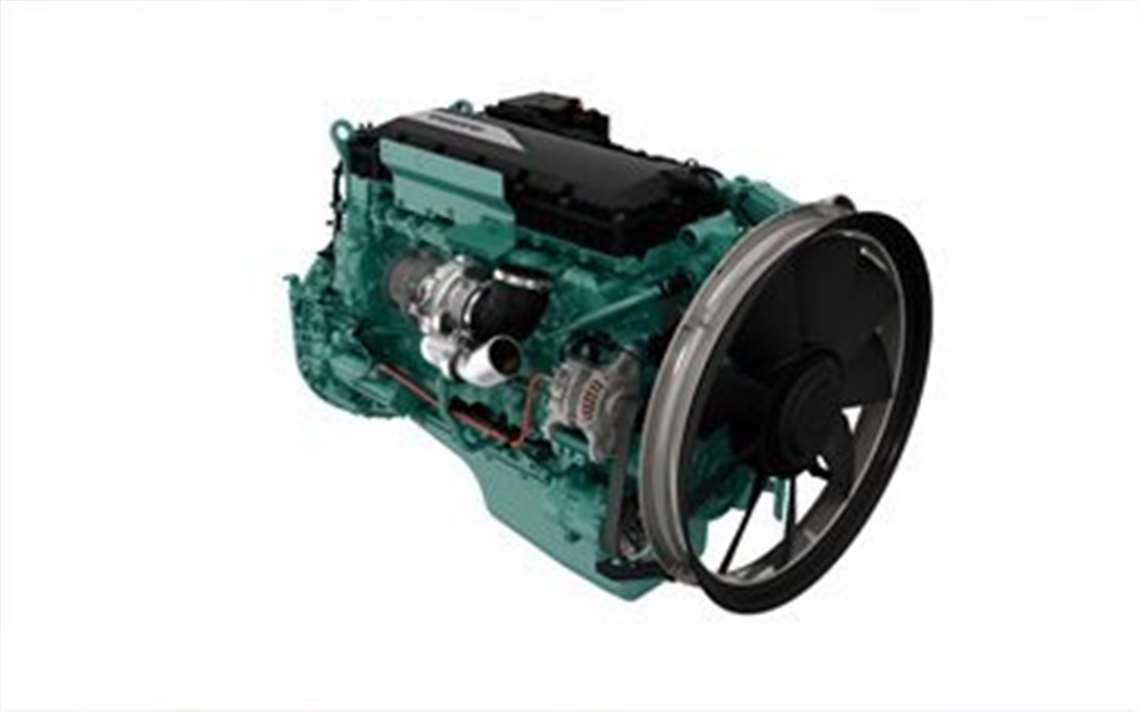Volvo Penta To Build Diesels In India
19 May 2016

Volvo Penta will produce 5- and 8-liter industrial diesel engines in India, targeted for the Indian market, beginning next year. The locally produced diesels will be made for Indian customers at the VE Powertrain (VEPT) plant in Pithampur, near Indore. A new line will be added exclusively for the Volvo Penta engines. All will meet Tier 3 emissions regulations.
The diesels produced in India are all from Volvo Penta’s TAD55xVE and TAD85xVE range. Specifically those engines are:
| Engines | kW | hp | rpm | Nm | rpm |
| TAD550VE | 105 |
143 |
2200 | 710 | 1400 |
| TAD551VE | 129 |
175 |
2200 | 810 | 1400 |
| TAD552VE | 160 |
218 |
2200 | 910 | 1450 |
| TAD850VE | 160 |
218 |
2200 | 1060 | 1200 |
| TAD851VE | 185 |
252 |
2200 | 1160 | 1200 |
| TAD852VE | 210 |
286 |
2200 | 1237 | 1350 |
| TAD853VE | 235 |
320 |
2200 | 1310 | 1450 |
The VEPT plant in Pithampur is part of the VE Commercial Vehicles’ joint venture between the Volvo Group and Eicher Motors. It is one of six manufacturing plants that the Volvo Group has invested in, in India, including several in Bangalore for the Trucks, Buses and Construction Equipment divisions.
Volvo said the engine production at VEPT reconfirms its commitment to the ‘Make in India’ initiative by investing in local production. Make in India is an initiative by the Indian government to encourage national and international companies to participate in production in the country, to utilize local skills and boost manufacturing and employment.
“The plant in Pithampur is not only one of the most modern engine production facilities in India but by any global standard.” said Volvo Penta’s Peter Hertinge, senior vice president, Global Operations and Quality,
“It is highly automated with integrated testing facilities and has quality standards and procedures in place to consistently produce engines that are suitable for customer requirements and fulfill the latest and most stringent emissions regulations.”
STAY CONNECTED




Receive the information you need when you need it through our world-leading magazines, newsletters and daily briefings.
POWER SOURCING GUIDE
The trusted reference and buyer’s guide for 83 years
The original “desktop search engine,” guiding nearly 10,000 users in more than 90 countries it is the primary reference for specifications and details on all the components that go into engine systems.
Visit Now
CONNECT WITH THE TEAM









